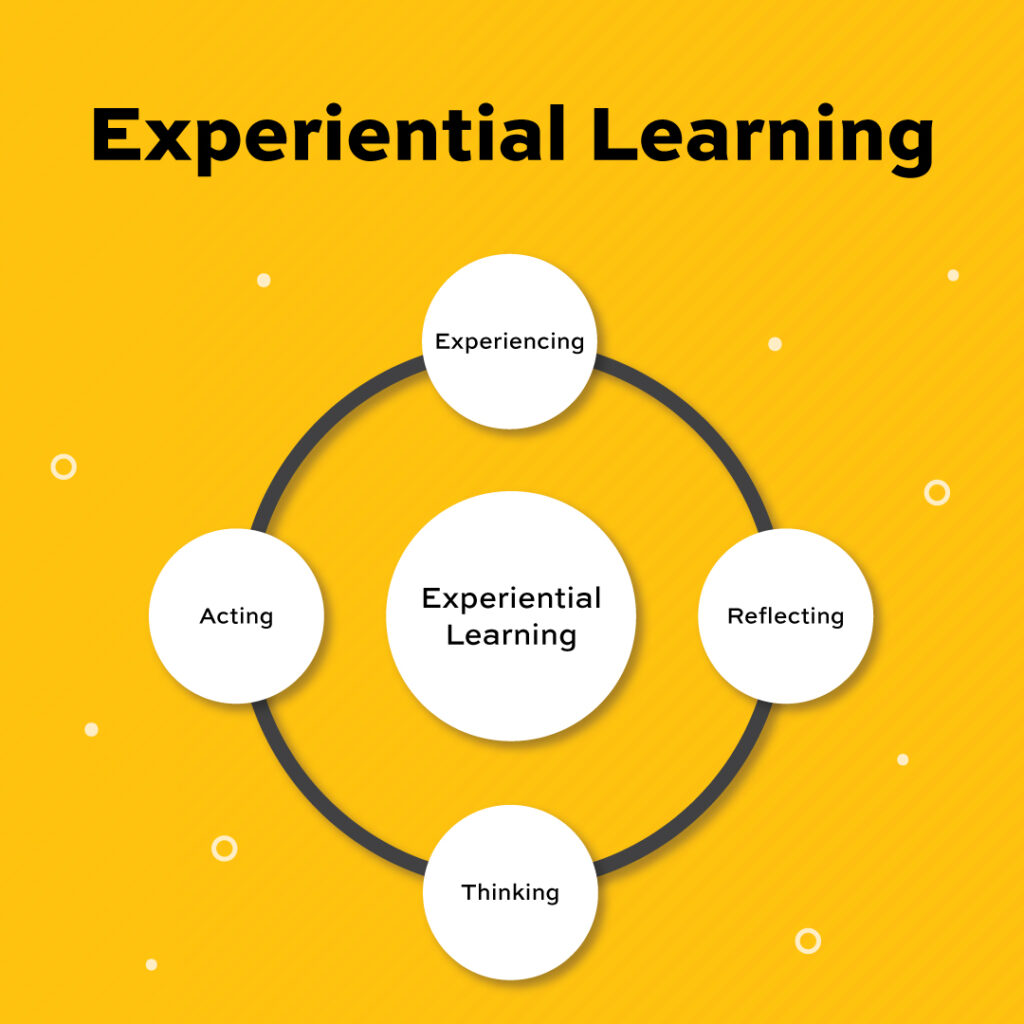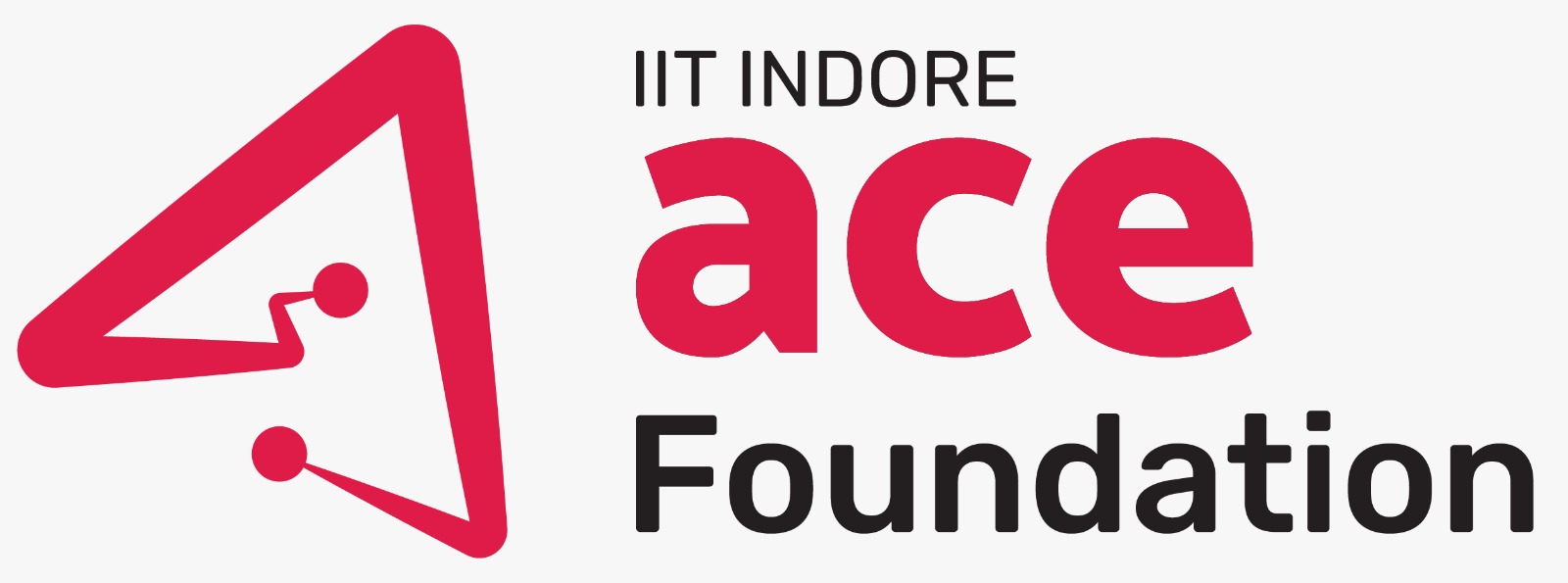Experiential learning gives the advantage of absorbing important educational concepts in joyful ways by pre-primary children. The students actively participate in the learning and can learn swiftly.
Caprics Learning Lab offers a curriculum constructed to improve children’s cognitive abilities, their self-esteem and guarantee long-term learning.
What we experience is different from what we read in the books. We teach our children that if they fall they will get hurt. However, a child doesn’t truly grasp what we mean until the child falls and scrapes its knees. Upon bleeding, the child realizes that blood indeed is red, it does gush out when the skin gets peeled off your knees and.. oh boy it does hurt!
It is this premise upon which the theory of Experiential Learning rests. Commonly known as the ‘hands-on approach’, it stresses placing children in real-life situations to enable learning, rather than giving them abstract concepts to learn.
What is Experiential Learning?
Reflection on doing is being adopted by schools worldwide to make learning experiences better. Caprics Learning Lab has developed a curriculum for pre-primary classes with its foundation in experiential learning. The focus is to make the children active participants in their education. They are just beginning their journey into the world and the right way to make them learn is through ‘encounters’ i.e. learning through practical situations and ‘learning by doing.’
David Kolb introduced experiential learning through 4 stages:
- Experience
- Observation
- Conceptualization
- Experimentation

When a child acts, the child sees the effects of the action. The child understands that the same pattern will follow in a similar situation. It makes the child grasp the general principle related to the action. Such an understanding leads to the application of the principle in a new situation.
So how does Caprics Learning Lab create these encounters?
Our team of dedicated professionals have studied pre-primary children in their classrooms and designed curriculum based on careful observations. The children can learn through the experiential learning at this age in a much better manner.
Our Experiential Learning curriculum helps students in the following ways:
- Children remain focused– Students are involved in learning actively. They do not lose concentration or complain of not being able to understand a topic.
- Children learn better– Students are engaged in a dynamic manner, which facilitates better learning and retention.
- Children develop skills– Students learn through first-hand experiences. It develops problem-solving and critical thinking skills. Accelerated learning is widely seen among students when Experiential Learning is followed in schools.
Successful endeavours of Caprics Experiential Learning curriculum:
Constant re-designing of our curriculum helps teachers in achieving the learning outcomes in the classrooms. We give you some examples of the way Experiential Learning is made part of the classroom learning:
- Inclusion of art activities in the class to learn not just colours but principles of matching and comparison.
- Games and role-play to teach Maths principles including shapes, patterns, addition, etc.
- Kinesthetic undertakings to teach about various aspects of nature: animals, vegetation
- Cultural shows to learn about different types of food, dress, etc.




